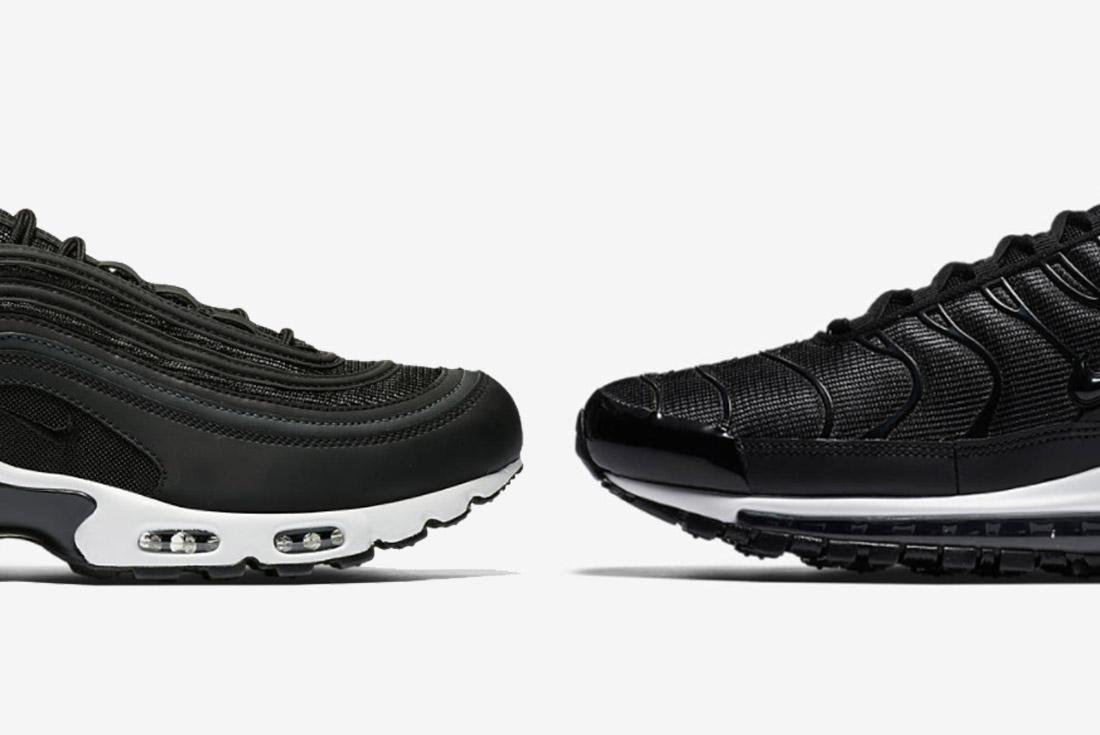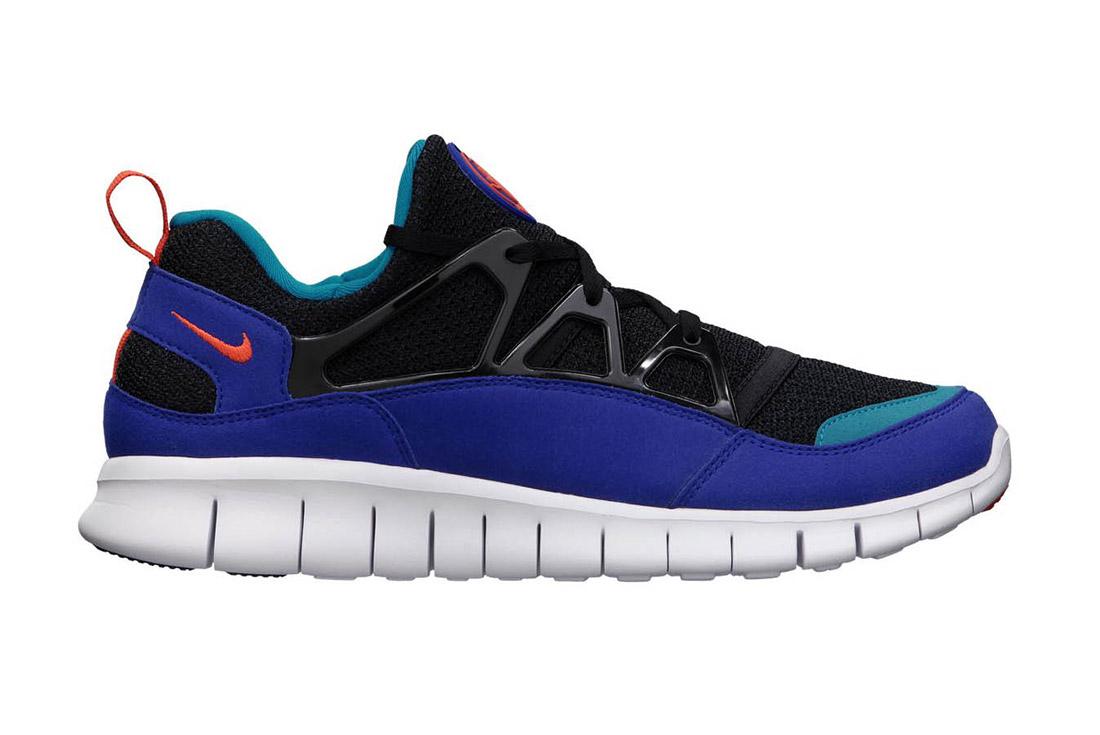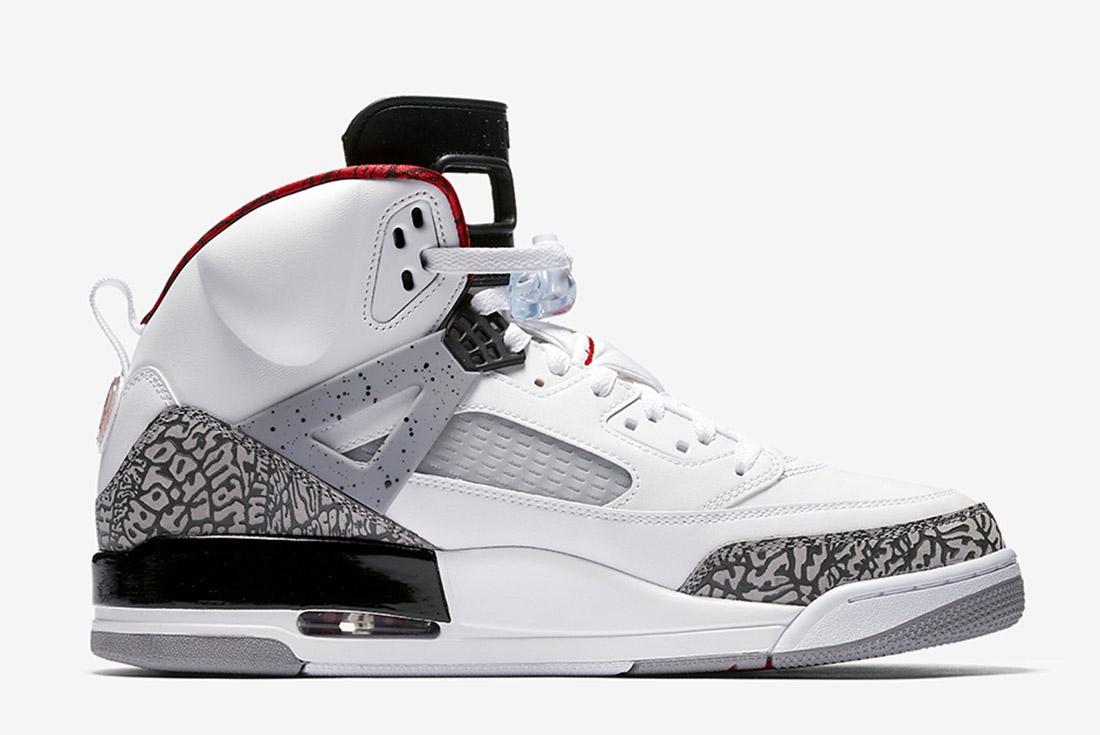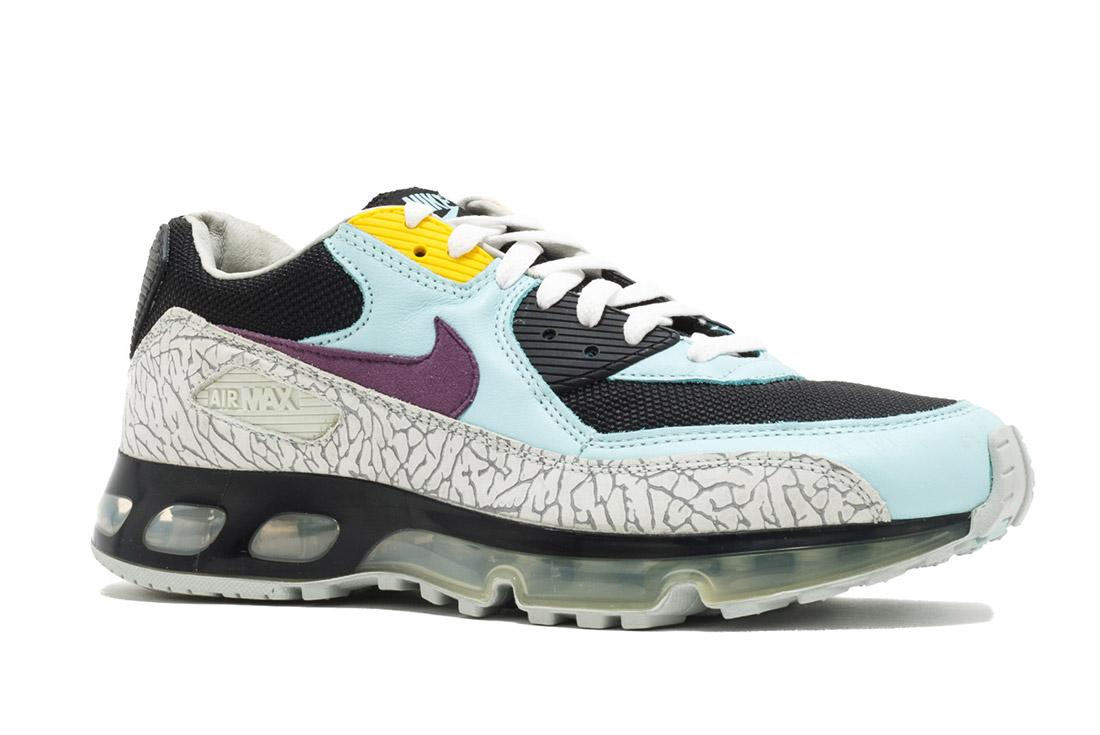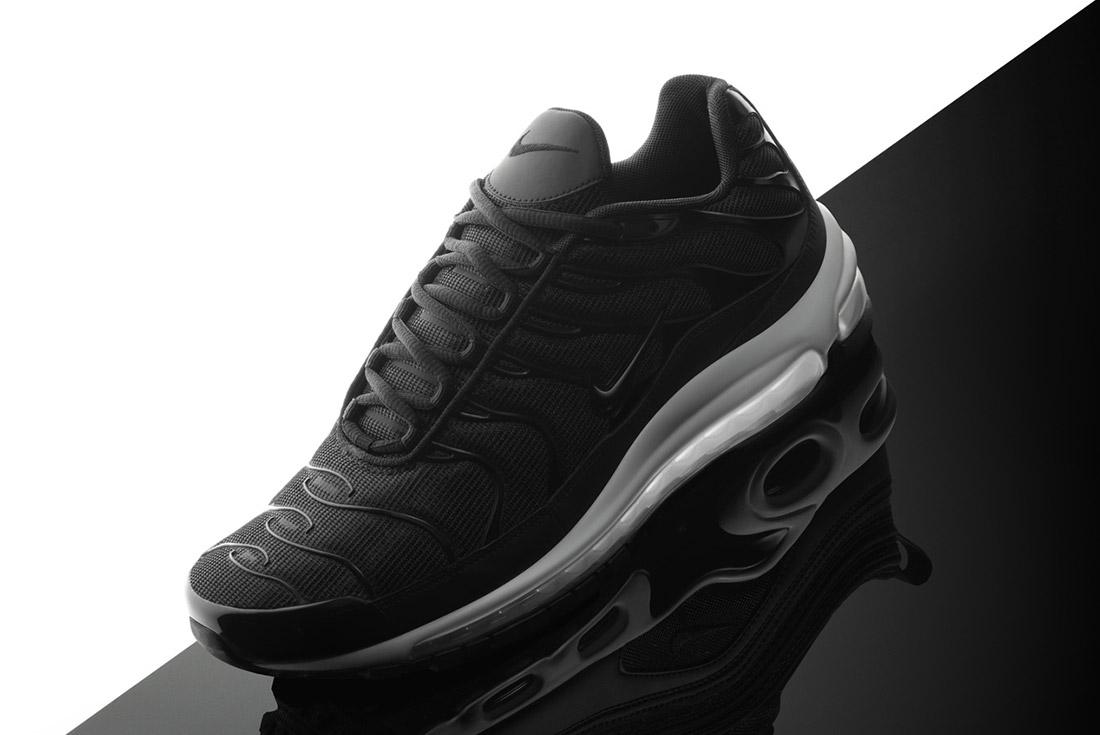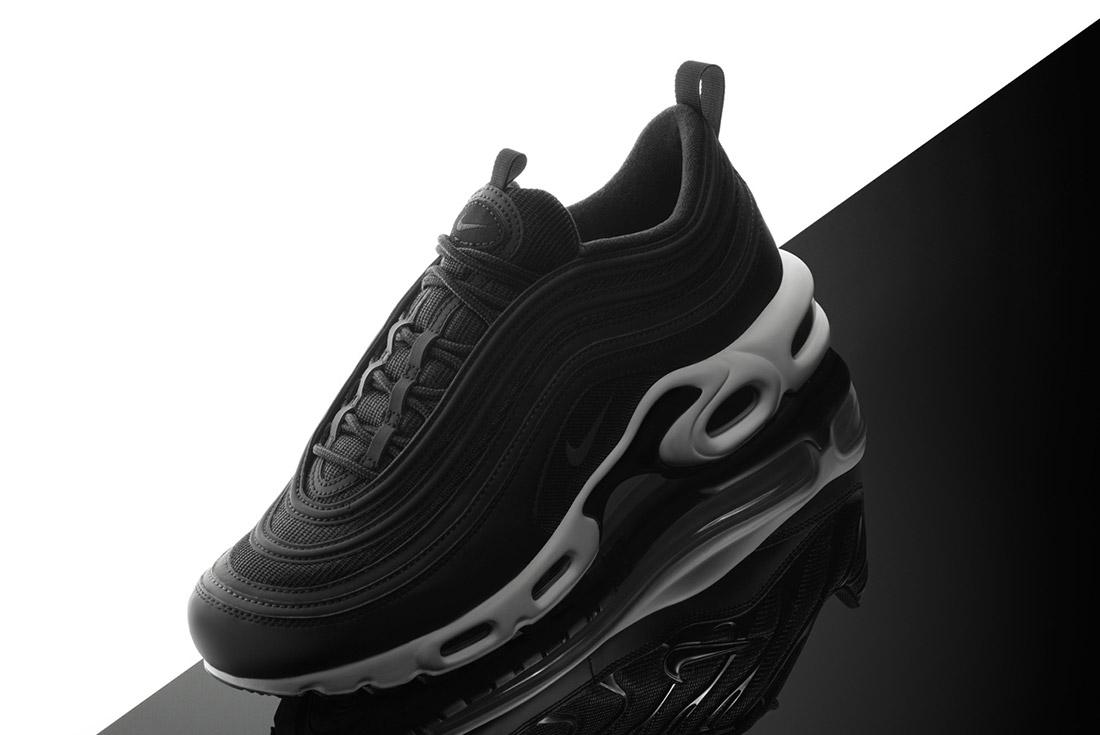Material Matters: Hybrids, Frankenstein's Footwear
The word ‘hybrid’ causes contention in the sneaker world – the splicing and dicing of multiple styles is often said to occur to the detriment of the OG. Many will question the brand’s motivation behind such sacrilegious designs, as if it were their duty to protect the purity of celebrated silhouettes. But where do we draw the line between hybridising and design progression? It’s only natural to chop and change. Everything is a remix.
